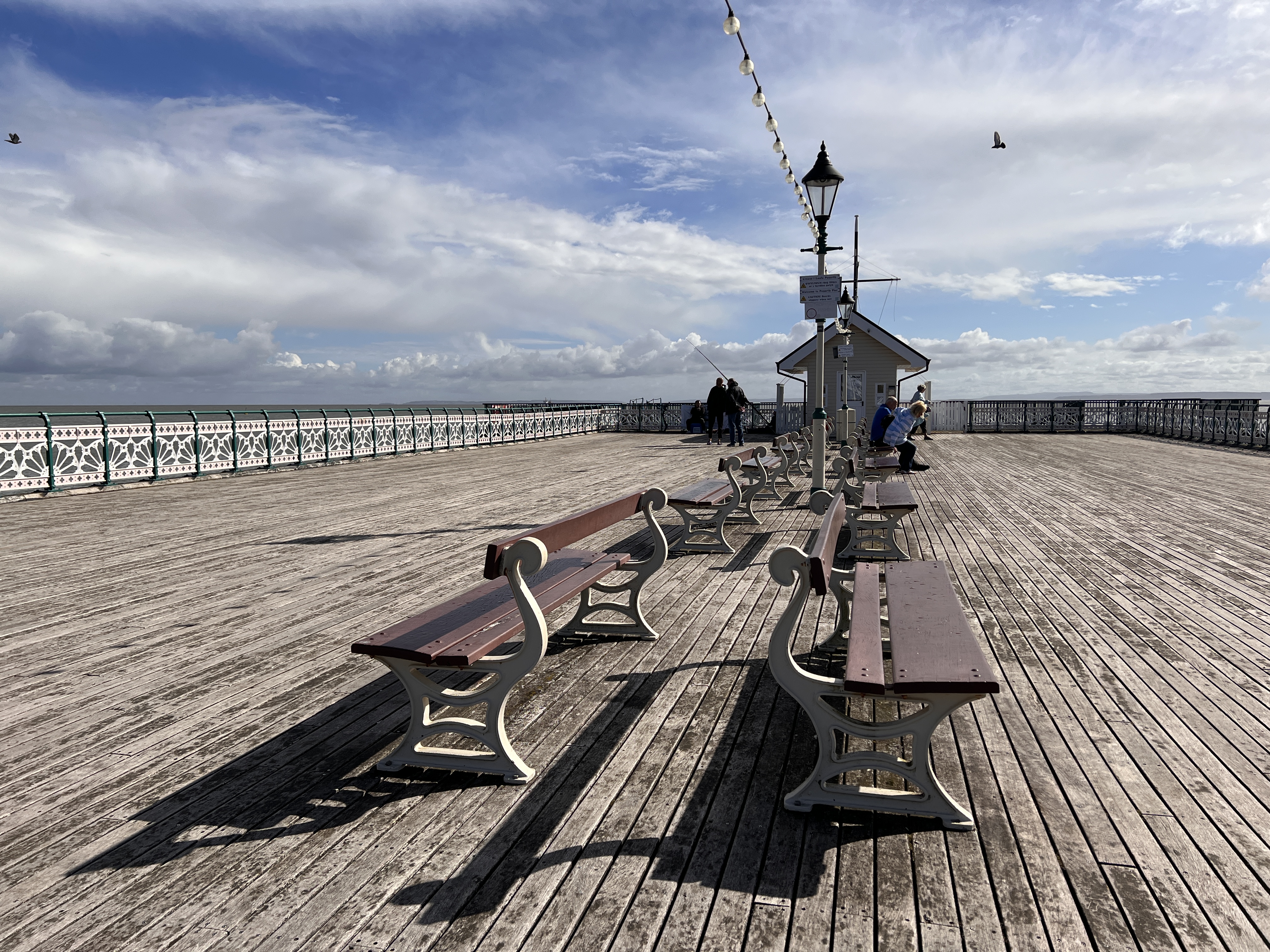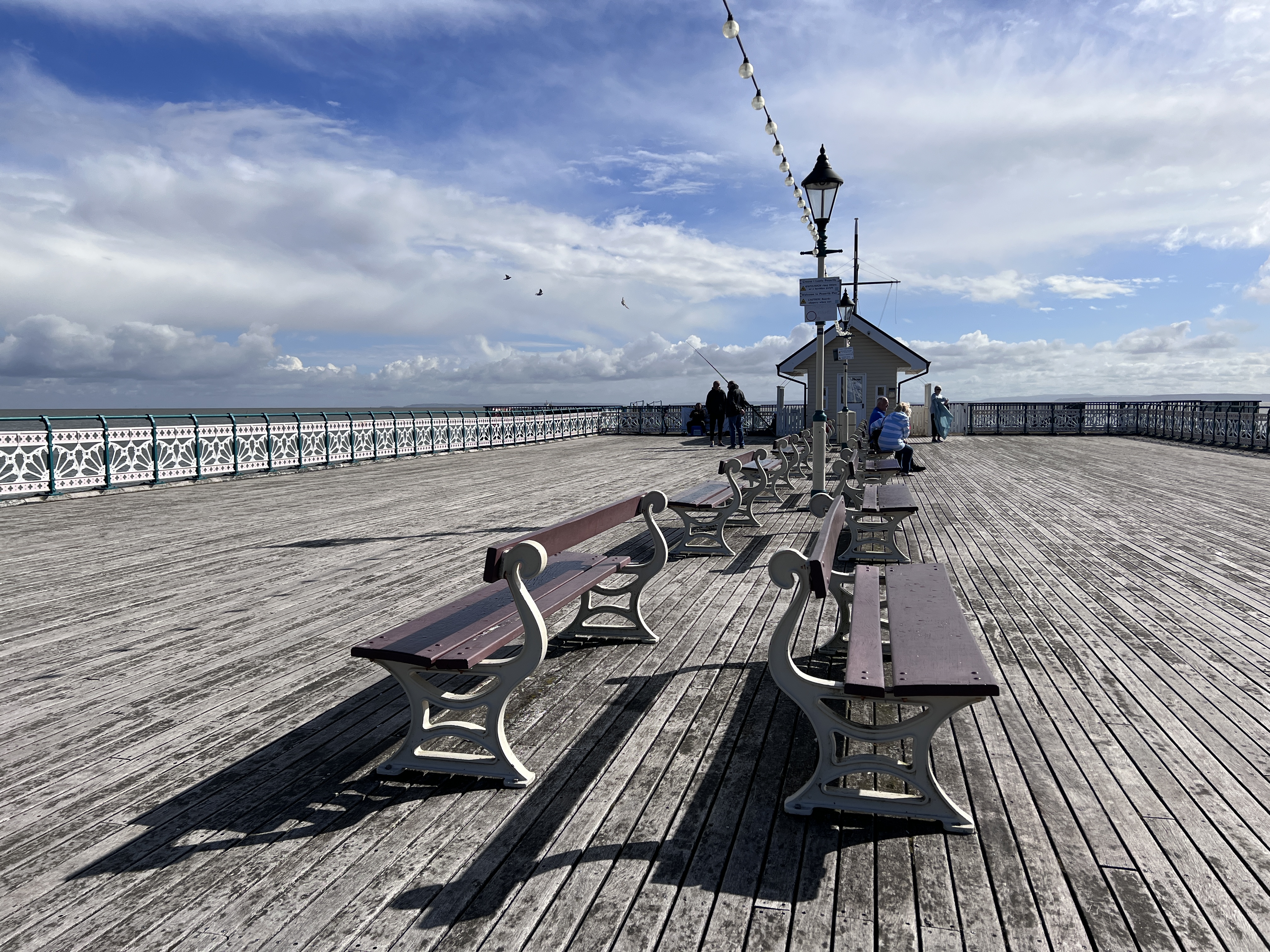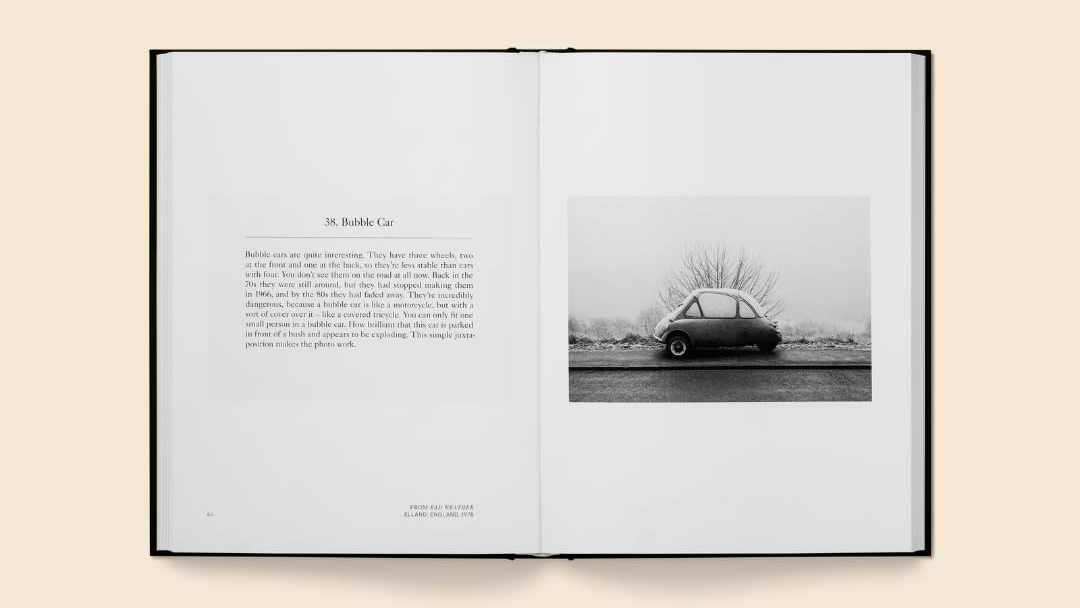Digital Camera World Verdict
A set of fairly modest upgrades and improvements, such as a useful new macro mode, make the iPhone 13 Pro the best iPhone for photographers yet. It evolves from the iPhone 12 Pro, but arguably doesn’t offer a big enough overhaul to warrant the costly price of an upgrade for existing users. iPhone 11 Pro or older users may find they benefit more from the upgrade.
Pros
- +
Cheaper than last year’s iPhone 12 Pro
- +
Excellent macro/close-up focusing
- +
Same cameras on both Pro and Pro Max
Cons
- -
No advanced controls in native app
- -
Price still high
- -
Relatively restricted zoom
Why you can trust Digital Camera World
The iPhone 13 range features four different models, each tailored towards a different kind of user. There’s the basic / entry-level models: the iPhone 13 and the iPhone 13 Mini, and there’s the more advanced (and more expensive) iPhone 13 Pro and iPhone 13 Pro Max models.
In this review, we’ll be looking at the iPhone 13 Pro. Unlike last year’s iPhone 12 Pro and iPhone 12 Pro Max, the cameras are the same on both models, so the major difference comes down primarily to the handling and the size of the screen. Both the 13 Pro and the 13 Pro are the ones that are likely to appeal most strongly to photographers - with it being personal choice which size screen you go for this time around.
Read more:
The best iPhone for photography
The best camera phone
The best 5G phone
Key Features
Once again Apple has gone for a triple lens set up on the iPhone 13 Pro models, giving us a standard, ultra wide and telephoto lens. We have the same focal lengths for the 26mm (equivalent) standard lens, and 13mm (0.5x) ultra-wide optic, but the telephoto lens has been extended to a 3x (78mm) offering, compared with the iPhone 12 Pro’s 2x lens, or the iPhone 12 Pro Max’s 2.5x lens.
There have been further improvements to the other lenses/cameras too, with the standard lens now having an f/1.5 aperture (compared to f/1.6) and the same large sensor that was previously only available on the Pro Max model. The ultra wide lens also now has an f/1.8 aperture, in contrast to the f/2.4 aperture of the iPhone 12 Pro’s ultra wide lens, so it should be much more adept at light gathering.
• See also iPhone 12 Pro vs iPhone 13 Pro
The best camera deals, reviews, product advice, and unmissable photography news, direct to your inbox!
We also have the same sensor-shift optical image stabilization as seen on the iPhone 12 Pro Max, rather than the Dual optical image stabilization as seen as the iPhone 12 Pro. In theory, that should make the iPhone 13 Pro better at keeping shots steady and sharp than its direct predecessor.
Not only that, but one of the big highlights of the iPhone 13 Pro series (it’s not available on the standard 13) is the ability to focus ultra closely with the ultra-wide angle lens (which the iPhone will switch to when it detects you’re very close to your subject).
Brought over from the iPhone 12 Pro series is the LiDAR scanner, which is used to measure distance and improve autofocusing speed. The iPhone 13 Pro also uses the iPhone’s fastest ever chip, the A15 Bionic, which should be good news for overall speed and performance.
Unsurprisingly Apple’s ProRAW format remains in place, giving you the opportunity to record shots in the more flexible DNG, rather than either JPEG or HEIF (High Efficiency Image Format). The ability to change “Picture Styles” has been added to the native camera app, which is something which is available for the iPhone 13 too. Since this is something which presumably can be added via firmware, we might also see these come to iPhone 12 series and earlier phones at some point.
Video capability remains roughly the same, with movie capabilities topping out at 4K 60p, using the Dolby Vision HDR we saw on the 12 Pro. However, a new addition is “Cinematic” mode, which essentially creates a shallow depth of field effect for your moving images. It's something we’ve seen from other manufacturers - particularly Samsung, so it’s not surprising to finally see it make it to iPhone.
Other non-photographic specifications also remain roughly the same for this update. There’s still 5G, the size and shape of the device is almost identical (more on that in a moment), and the minimum storage capacity is 128GB. There’s a new maximum 1TB capacity phone, which wasn’t available for 12 Pro, though.
The launch price of the iPhone 13 Pro is £949, making it slightly cheaper than its predecessor. Continuing with the notion that iPhone users don't need new chargers every time they buy a new iPhone, one doesn’t come supplied in the box (just the cable). If you don’t have a USB connector available, you might want to pop one in your basket before checkout. The new iPhone 13 Pro series is compatible with wireless charging as before, as well as the MagSafe chargers and accessories that were introduced with the 12 series. Battery life has improved, though given that the device is the same size as its predecessor, this is presumably due to the faster and more efficient chip.
Build and Handling
The iPhone 13 Pro is almost exactly the same size as the iPhone 12 Pro, being the same height and width (146.7 x 71.5mm) but being fractionally deeper (7.65mm vs 7.4mm). You could be annoyed that it’ll mean you’ll need a brand new case for what seems like a marginal difference, but flip to the back and you’ll also see that the camera modules are significantly larger too - so a new case is very definitely needed.
Apple has stuck with the squared off edges design that it introduced with the 12 Pro series so if you place the two models next to each other it’s quite difficult to spot the difference.
Just like the iPhone 12 Pro, the iPhone 13 Pro has a 6.1-inch Super Retina XDR display, but it has been improved slightly with the addition of ProMotion technology for adaptive refresh rates, and a slightly brighter appearance too. It’s the kind of difference that is more obvious when you place them side by side, but in isolation is difficult to spot.
You get the same level of splash, water and dust resistance (IP68), which means you can take the phone down to depths of 6 metres for up to 30 minutes - or just outside in the rain - and it uses a Ceramic Shield front which is designed to resist damage and scratches as much as possible.
There will be those that prefer the smaller size of the iPhone 13 Pro compared to the Pro Max. For most people it’s likely to be more comfortable to hold and use, while it fits into pockets and bags with much more ease than its larger sibling. If you want to view your photos and videos in the best possible light, then the Pro Max might be a better option. It might also be a better option if you're into gaming, too. It’s good however that the cameras are shared across both devices, meaning you can choose the size of device you prefer most without having to potentially compromise on the quality of the on-board camera.

Not much has changed with the native camera app since iPhone first launched, with it being a relatively simple and straightforward affair. This is either a good thing or a bad thing depending on your point of view - it’s easy to use, but it can be frustrating for advanced photographers who might crave the ability to change more settings than they can (such as you can with most Android models).
You can access the standard camera app directly from the lock screen by long pressing the camera icon. It’s likely that you’ll stick with the “Photo” mode for most of your shots. From here you can switch between the three different lenses, switch raw format shooting on and off, enable “Live” photos and tap around the screen to focus.
By swiping up from the composition window, you’ll also see a few additional options, such as the ability to adjust exposure compensation, or change the aspect ratio. Also here is the new Photo Styles option. Here you can choose between “Rich Contrast”, “Vibrant”, “Warm” and “Cool”, while each of these can be further customised by adjusting sliders for Tone and Warmth.

Swipe through this image gallery to see the subtle differences between the Photo Styles options




It's in the standard Photo mode that you’ll be able to use both Night Mode and Macro Mode. They’re both automatic options that will be triggered when the phone senses it’s appropriate to do so - when light is low enough for Night mode, or when the subject is close enough for Macro mode. In fact, for Macro mode, the phone actually switches from the main lens to the ultra-wide angle lens. Although this is almost seamless, because of the different position of the lenses, it can mean that the composition is thrown off ever so slightly and you might find you need to recompose once close-up focusing has been triggered. There’s also no way to stop close-focusing from being triggered, but Apple has suggested it will add this ability at some point down the line.
As we’ve seen before, you can see what’s going on outside the frame when shooting with either the standard or telephoto lens. At the top and bottom (or left and right if you're holding the phone in horizontal format) of the screen, you’ll be able to see outside the frame, which is very useful for composing precisely in certain scenarios such as street photography.
Heading outside of the “Photo” mode, there’s a set of other shooting modes, most of which will be familiar to anyone who has used an iPhone before. This includes Portrait mode (which can be used on any subject that you want to isolate from the background), Video, Slo-Mo and Pano. A new addition here is the Cinematic Video mode which is pretty simple, giving you pretty much only the option to adjust the “aperture” (or the computer simulation thereof).
Performance
Apple has been seriously impressing with the quality of its on board cameras for as long as we can remember, and it’s no different for the iPhone 13 Pro - but, given just how good the iPhone 12 Pro was, it’s a fairly incremental upgrade or gentle evolution that can stand to be skipped if you don’t want to spend money to upgrade just yet. If you're coming from an older model, such as the iPhone 11 Pro, you will likely notice much more of an improvement or difference.
Taken in isolation by itself, the iPhone 13 Pro captures some beautiful imagery, with a great amount of detail and lovely vibrant colours. The new macro mode does a fantastic job of getting nice and close to a subject, but, it doesn’t stand up amazingly well to the kind of close scrutiny that some pixel peepers might subject it to (your DSLR and mirrorless cameras are safe for now).
Low light shooting is once again very good, with the Night mode putting in an excellent performance, particularly if you’re generally only viewing the images on the iPhone screen itself. We can see a marked improvement when using the ultra-wide camera in conjunction with Night mode, when compared with the iPhone 12 Pro, but, despite the larger sensor for the main camera, the differences are a little more subtle there. The telephoto camera puts in a decent performance, though we’d probably avoid using it in very low light if you’re looking for the best possible quality.
Video continues to be impressive for the iPhone 13 Pro, with the new Cinematic mode being a worthy addition that works well, particularly with reasonably well-defined subjects. Dolby HDR video looks at its most impressive when displayed on something such as the iPhone itself.
iPhone 13 Pro: Sample images

Swipe through this gallery of 3 images to see the difference in zoom between the ultrawide, wide and telephoto cameras



Swipe through this gallery of 3 images to see the difference in zoom between the ultrawide, wide and telephoto cameras in low light





Swipe through this gallery of 3 images to see the difference in zoom between the ultrawide, wide and telephoto cameras in Night mode
iPhone 13 Pro: sample videos
1080p at 60fps
4K at 60fps
Cinematic Video mode
Verdict
It seems likely that Apple expects at least a significant number of its customers to skip generations of its phones, given that upgrades each time are generally fairly modest. That means that from iPhone to iPhone the differences are somewhat minimal, but if you’ve missed a generation, you’ll notice a bigger improvement. Such is the case here which builds on an already impressive model and adds some excellent new tweaks, but doesn’t add up to something particularly transformative.
It’s hard to deny that the camera produces excellent results, and the new macro mode is a great bonus, as is the improvement to low light shooting with the ultra-wide camera. The new picture styles are worth experimenting with. Lastly, the Cinematic video mode is a nice-to-have, rather than an absolute must-have, but if you add all four of these together then you have enough of an upgrade to make the jump worthwhile for some.
If you’re working to a tight budget and are coming from an older model than the 12 Pro, however, you’d do well to save some cash and plump for the year-old version - you’ll be treated to very similar image quality in most situations.
There are fewer “general” upgrades as well for this phone, with it using more or less the same body design, 5G connectivity and so on. There’s a small improvement to battery life, but otherwise, it’s fairly modest across the board.
Overall, the iPhone 13 Pro is without question the best iPhone for photographers to date (exactly what we’d expect) and it produces some fantastic images and video, but it’s not for those who are particularly budget conscious, especially if you’re already in possession of a 12 Pro.
Read more
Best camera phone in 2021
Best 5G phone
Best iPhone for photography
Best fold phone
Best camera for TikTok
Best TikTok lights
Best student laptop
Amy Davies has been writing about photography since 2009, and used to be a colleague on Digital Camera magazine and Techradar.com. She now works as a freelance journalist writing for nclude Amateur Photographer, Stuff, Wired, T3, Digital Photographer, Digital Camera World, TechRadar, Trusted Reviews, ePhotozine and Photography Blog. She has an undergraduate degree in journalism and a postgraduate diploma in magazine journalism, both from Cardiff Journalism School.
















